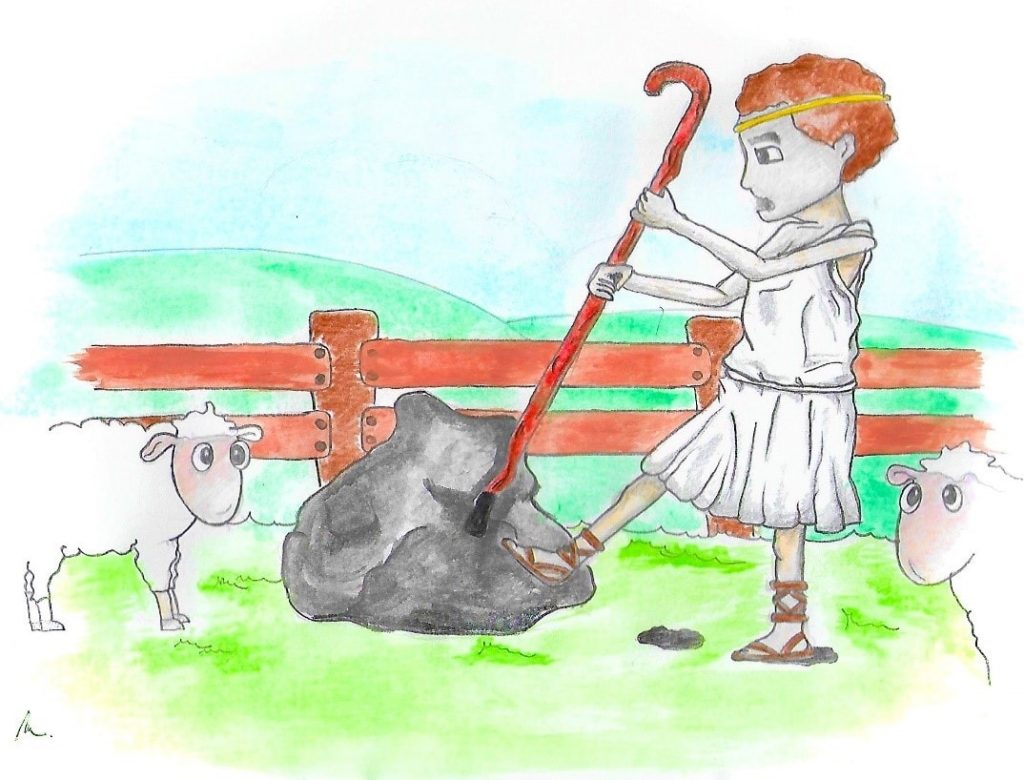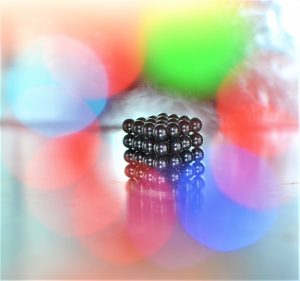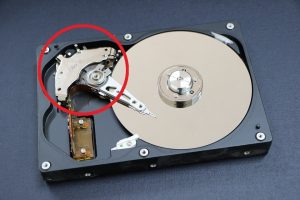Fairy tale: the world’s first magnet was discovered by accident
Have you ever wondered what might be the origin of a magnet? How did it come to be on this earth and who actually discovered it? Magnets are part of our everyday life. They serve us embedded in computers, mobile phones and headphones. We use them to pin a shopping list or a message to the refrigerator. They are used in mysterious industrial productions and we don’t need to know more.
Although the magnet did not fall from the sky, the story of its discovery is quite interesting. Whether it is based on fact or originated as a fairy tale by word of mouth, we will never know. It took place 4,000 years ago.
It is said that one day the shepherd Magnes was passing through the region of Magnesia in Greece. Here, a strange thing suddenly caught his eye. His shoe “stuck” to the stone. He used all his strength to separate the stone and the shoe. He finally succeeded. He was so intrigued by the strange stone that he decided to examine it. He raised his leg and circled the stone in a slow motion. He felt a force in his leg that attracted him. He looked at the stone in amazement and did not understand what mysterious force was pulling his foot towards the stone. He lifted his foot a little higher and examined the bottom of his sandal. Nails were holding it together. As he took a step, he found that the very metal nails in his sandals were turning towards the stone. And not his foot, but the nails in his sandals are attracted by that unknown force.

Wondering about the name Magnes? This name has a long tradition in Greek history and Greek mythology. It is of Latin origin and there is also the current variation Magnus, typical for Nordic countries and America. In Latin, this name means “great” or “noble”.
Around 2,500 years ago, Greece, India and China were among the first magnet deposits. To this day, China is the leading country in the processing and supply of magnets to the whole world. Magnets were not invented, but discovered from naturally occurring minerals. Only later, as a result of technological development, magnets began to be processed industrially.






